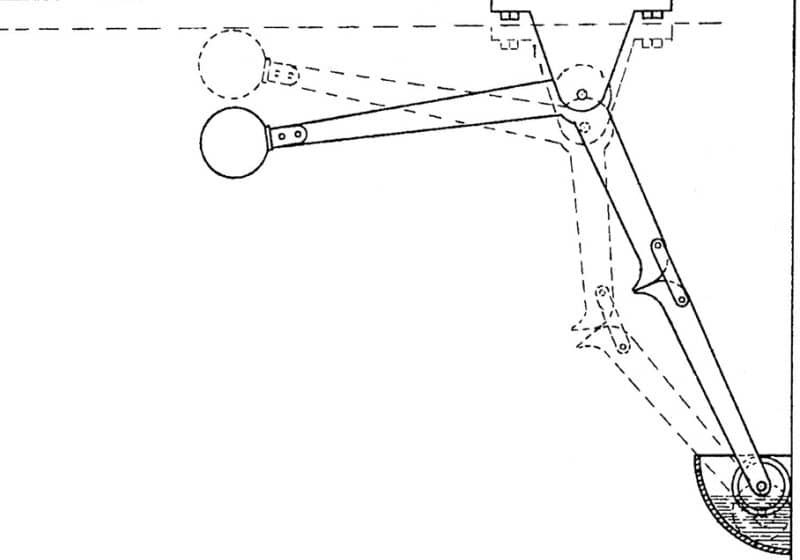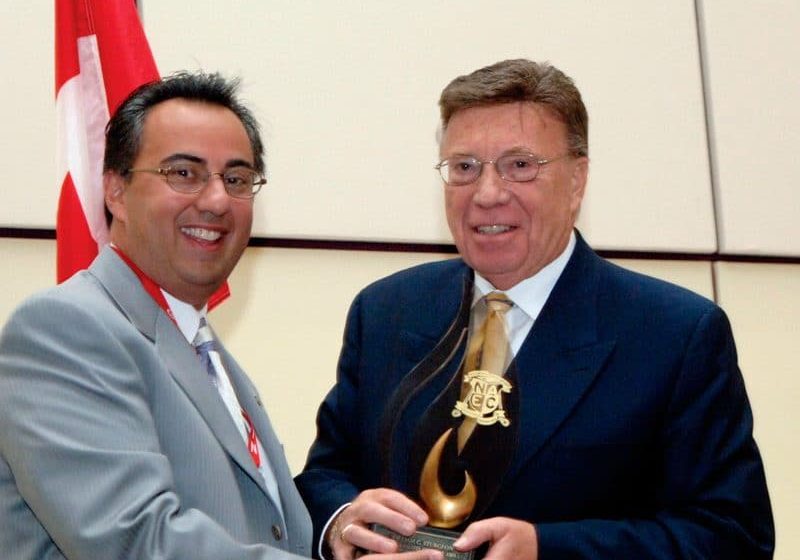As we write this month, several members of our staff have just returned from the National Association of Elevator Contractors Convention and Exhibition in Boston and are getting ready to go to Augsburg, Germany, for the Interlift expo. With just a week in between, many suppliers in the industry are scurrying to be present at both events. Articles on these events will follow in December and January. One of the things that occurred in Boston was the introduction by the Elevator Escalator Safety Foundation (EESF) of the industry’s new safety characters for the elementary school children’s age group. The young “Safe-T-Rider” superheroes should be well received by the target age group and will help promote safety awareness. Additional plans for the EESF include updating the university and senior adult programs, as well.
A new Foundation program being considered is of particular interest to me – it involves teaching those who work near escalators and elevators how to be aware of emergencies occurring and how to assist. As you will see in the article It Is Safety Awareness That Counts! by our China correspondent, awareness by ordinary citizens can make the difference between life and death.
Our focus this month is on emergency operations and evacuation solutions, and we have three excellent articles that speak to the subject. Use of Elevators During Emergencies by David McColl summarizes the initiatives taken in North America to address the use of elevators in emergencies by both firefighters and occupants (for evacuation). Two task groups, established by the American Society of Mechanical Engineers and chaired by the author, studied the issues and developed recommendations for the elevator, building and other related codes to address these issues. A new operation called “Occupant Evacuation Operation” is included in the ASME A17.1/CSA B44 elevator code in 2013, and its origins and applications are explored here.
Comparison of Concepts for Evacuation Lifts by Ashiqur Rahman and Wim Offerhaus of Mitsubishi Elevator Europe explores the different concepts of evacuation lifts on the market and makes suggestions for further standardization and development.
In It Is Safety Awareness That Counts!, Peng Jie explores the safety concerns around the recent escalator fatality in China. This accident caused widespread public concern about escalator safety, while the investigation – the most responsive and fastest in Chinese history – uncovered the causes of the accident as the result of human error on multiple levels.
Features this month include a Company Spotlight highlighting Netherlands-based yacht elevator specialist Lift Emotion titled Champagne Wishes and Caviar Dreams. After only eight years in business, the company is experiencing big growth catering to some of the world’s wealthiest people and some of the world’s most luxurious pleasure vessels.
Speaking of luxury, Kaija Wilkinson’s Destination: U.A.E., a Market Trends article on that country, shows that competition is fierce within that entire region to be the tallest, fastest, first and best in an ever-expanding market where luxury is king. Home of the current world’s tallest building, the Burj Khalifa in Dubai, the emirate continues to spend money to build more and bigger, and it is not alone. The rest of the country is following suit, and the industry is increasingly optimistic about the country’s future growth.
We wrap up features with iWalks in Heathrow Airport by Begoña Flores Canseco, who explores ThyssenKrupp’s challenging installation of the first iwalks in the U.K. at one of the world’s busiest airports.
Elevator Door Force by John W. Koshak is our first peer-reviewed article. We are grateful to Lou Bialy and Walter Glaser for their expertise. This Continuing Education article, worth 2 Continuing Education Units, provides information needed to educate elevator personnel who work on elevator doors every day to understand code requirements, measurement, testing and adjustments, and the imperative to limit the maximum forces to ensure the highest level of safety.
That brings us back to the whole discussion on safety awareness. We make our equipment quiet and design it to fit into the landscape. As an industry, are we wrong to expect our users to exhibit a level of consciousness and responsibility for their own safety – much less that of others – when they barely even notice we exist? To quote the article It Is Safety Awareness That Counts!: “If everyone in the building has sufficient common sense regarding elevator and escalator safety – for example, knowing the location and function of the emergency stop button, accidents can be substantially reduced.” If that is the case, then the EESF, with its revamped programs, is certainly headed in the right direction.
Get more of Elevator World. Sign up for our free e-newsletter.









